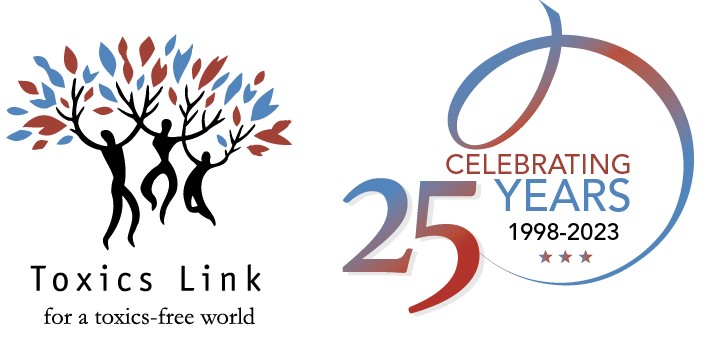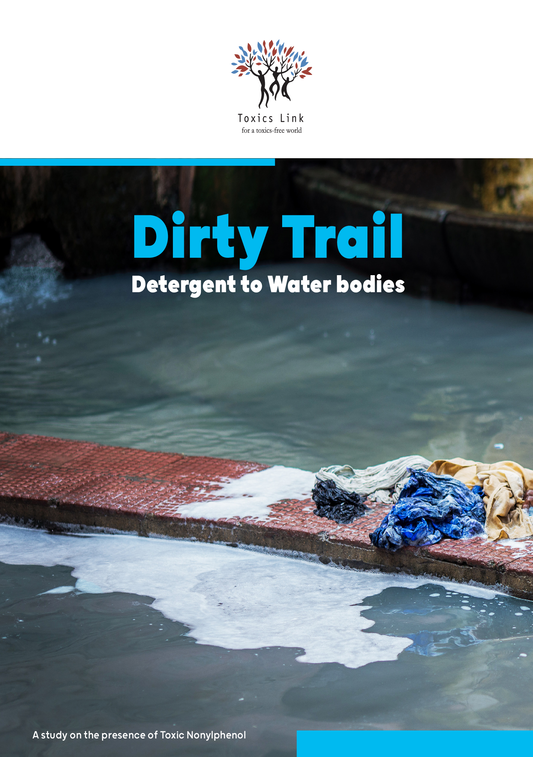
by Subhrakant Biswal | Sep 28, 2022 | Chemicals, Publications, Reports, 2019
The objective of the study was to assess the current status of Bio medical waste management in Delhi. Though the study looked only at bedded health care facilities, it was clear that this infectious waste, even after almost 20 years of the Rules, is not fully implemented on ground. Though the practices and processes in larger healthcare establishments seemed in compliance with the Rules, the systems in hospitals or nursing homes of smaller sizes were lacking in many aspects. The study has not included clinics or non-bedded facilities, but our observation of the few clinics we visited and interviews of some key stakeholders seemed to suggest that most clinics are not in compliance with the Rules and many of them, in fact, have not even tied with the CBWTFs. One of the major shortcomings is that database of HCFs pertaining to BMWM was neither available online on official website of DPCC nor provided when asked through the medium of multiple RTIs. Non-availability of this data leads to apprehension, as well as is limiting factor to any agenda associated with ensuring the compliance of BMW rule in Delhi.
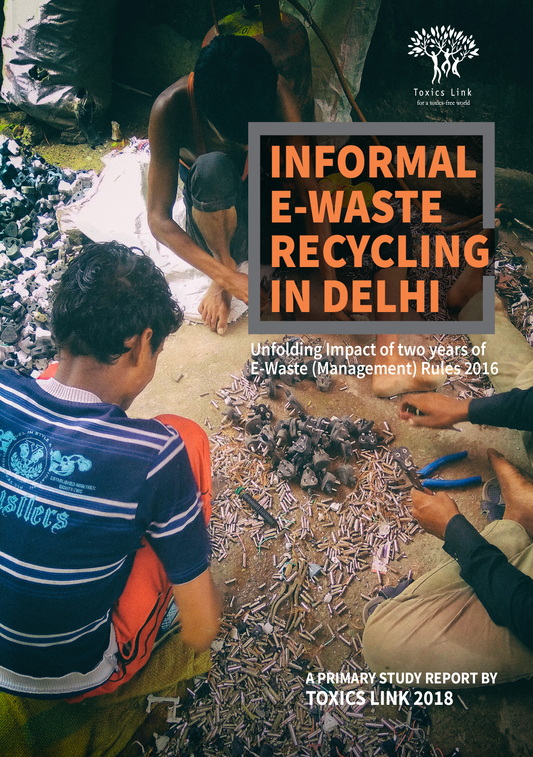
by Subhrakant Biswal | Sep 28, 2022 | Publications, Reports, 2019
The objective of the study was to assess the current status of Bio medical waste management in Delhi. Though the study looked only at bedded health care facilities, it was clear that this infectious waste, even after almost 20 years of the Rules, is not fully implemented on ground. Though the practices and processes in larger healthcare establishments seemed in compliance with the Rules, the systems in hospitals or nursing homes of smaller sizes were lacking in many aspects. The study has not included clinics or non-bedded facilities, but our observation of the few clinics we visited and interviews of some key stakeholders seemed to suggest that most clinics are not in compliance with the Rules and many of them, in fact, have not even tied with the CBWTFs. One of the major shortcomings is that database of HCFs pertaining to BMWM was neither available online on official website of DPCC nor provided when asked through the medium of multiple RTIs. Non-availability of this data leads to apprehension, as well as is limiting factor to any agenda associated with ensuring the compliance of BMW rule in Delhi.
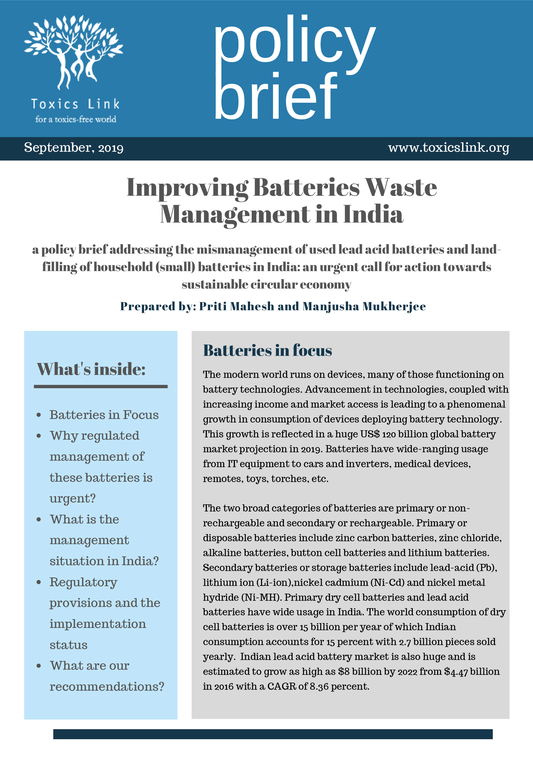
by Subhrakant Biswal | Sep 28, 2022 | National
The objective of the study was to assess the current status of Bio medical waste management in Delhi. Though the study looked only at bedded health care facilities, it was clear that this infectious waste, even after almost 20 years of the Rules, is not fully implemented on ground. Though the practices and processes in larger healthcare establishments seemed in compliance with the Rules, the systems in hospitals or nursing homes of smaller sizes were lacking in many aspects. The study has not included clinics or non-bedded facilities, but our observation of the few clinics we visited and interviews of some key stakeholders seemed to suggest that most clinics are not in compliance with the Rules and many of them, in fact, have not even tied with the CBWTFs. One of the major shortcomings is that database of HCFs pertaining to BMWM was neither available online on official website of DPCC nor provided when asked through the medium of multiple RTIs. Non-availability of this data leads to apprehension, as well as is limiting factor to any agenda associated with ensuring the compliance of BMW rule in Delhi.
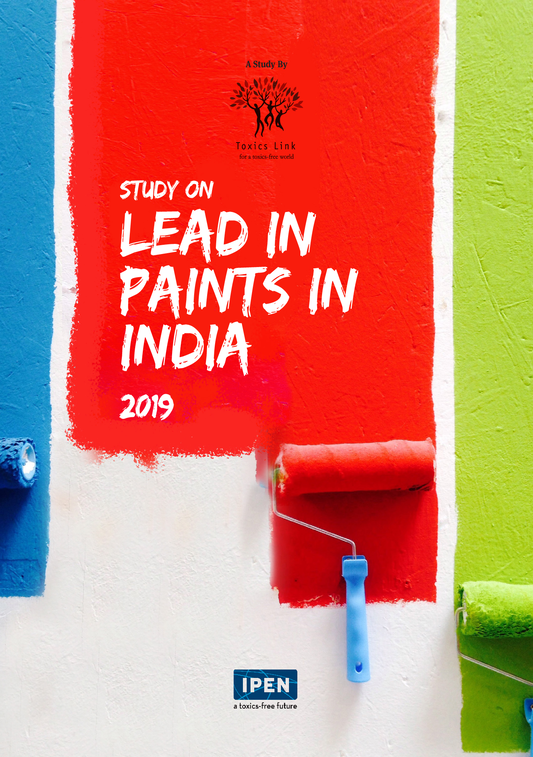
by Subhrakant Biswal | Sep 28, 2022 | Publications, Reports, 2019
The objective of the study was to assess the current status of Bio medical waste management in Delhi. Though the study looked only at bedded health care facilities, it was clear that this infectious waste, even after almost 20 years of the Rules, is not fully implemented on ground. Though the practices and processes in larger healthcare establishments seemed in compliance with the Rules, the systems in hospitals or nursing homes of smaller sizes were lacking in many aspects. The study has not included clinics or non-bedded facilities, but our observation of the few clinics we visited and interviews of some key stakeholders seemed to suggest that most clinics are not in compliance with the Rules and many of them, in fact, have not even tied with the CBWTFs. One of the major shortcomings is that database of HCFs pertaining to BMWM was neither available online on official website of DPCC nor provided when asked through the medium of multiple RTIs. Non-availability of this data leads to apprehension, as well as is limiting factor to any agenda associated with ensuring the compliance of BMW rule in Delhi.
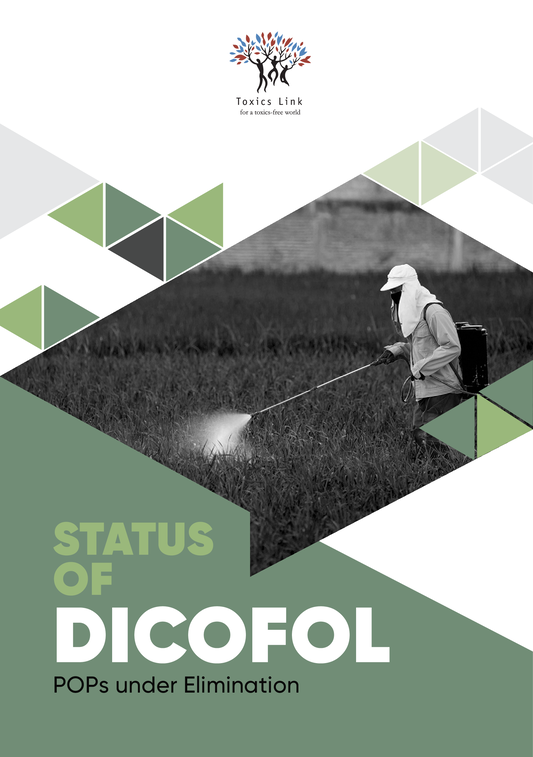
by Subhrakant Biswal | Sep 28, 2022 | Chemicals, Publications, Reports, 2019
The objective of the study was to assess the current status of Bio medical waste management in Delhi. Though the study looked only at bedded health care facilities, it was clear that this infectious waste, even after almost 20 years of the Rules, is not fully implemented on ground. Though the practices and processes in larger healthcare establishments seemed in compliance with the Rules, the systems in hospitals or nursing homes of smaller sizes were lacking in many aspects. The study has not included clinics or non-bedded facilities, but our observation of the few clinics we visited and interviews of some key stakeholders seemed to suggest that most clinics are not in compliance with the Rules and many of them, in fact, have not even tied with the CBWTFs. One of the major shortcomings is that database of HCFs pertaining to BMWM was neither available online on official website of DPCC nor provided when asked through the medium of multiple RTIs. Non-availability of this data leads to apprehension, as well as is limiting factor to any agenda associated with ensuring the compliance of BMW rule in Delhi.
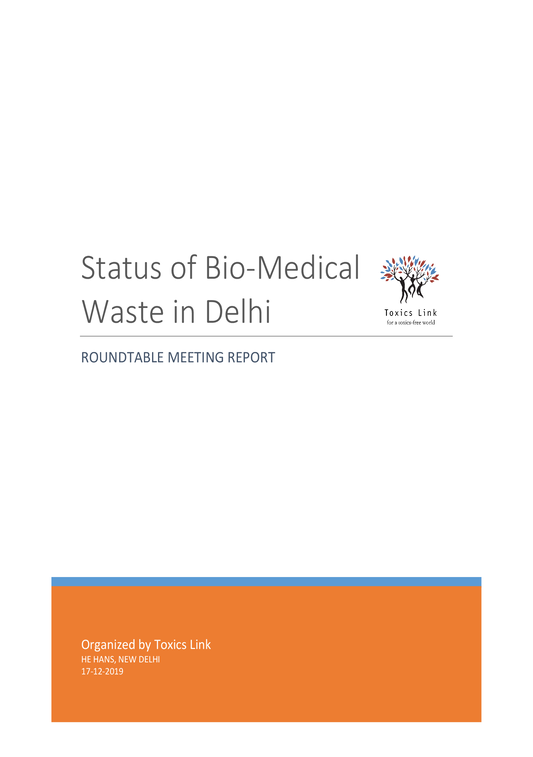
by Subhrakant Biswal | Sep 28, 2022 | Workshops
The objective of the study was to assess the current status of Bio medical waste management in Delhi. Though the study looked only at bedded health care facilities, it was clear that this infectious waste, even after almost 20 years of the Rules, is not fully implemented on ground. Though the practices and processes in larger healthcare establishments seemed in compliance with the Rules, the systems in hospitals or nursing homes of smaller sizes were lacking in many aspects. The study has not included clinics or non-bedded facilities, but our observation of the few clinics we visited and interviews of some key stakeholders seemed to suggest that most clinics are not in compliance with the Rules and many of them, in fact, have not even tied with the CBWTFs. One of the major shortcomings is that database of HCFs pertaining to BMWM was neither available online on official website of DPCC nor provided when asked through the medium of multiple RTIs. Non-availability of this data leads to apprehension, as well as is limiting factor to any agenda associated with ensuring the compliance of BMW rule in Delhi.

